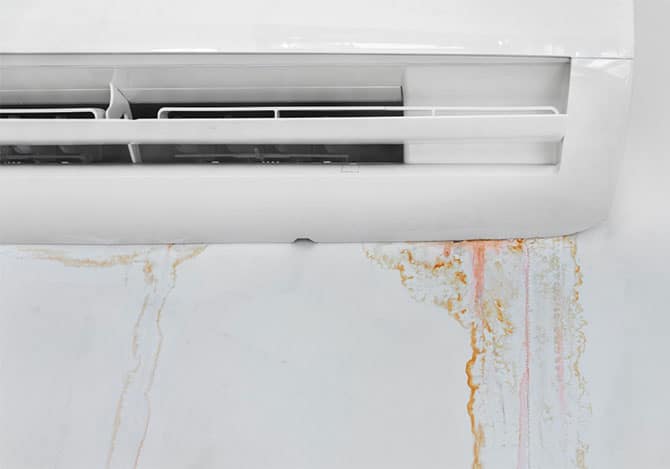
Is There Mold Growing Behind Your Home’s Walls?
Among the different types of problems that homes all over Boise have, one of the most prominent ones that one can ever come across is mold.
No matter how new, old, minor, or widespread the problem is, the presence of mold will always be a signal of bigger problems that can arise if they aren’t handled properly. Whether you start seeing microorganisms in the grout between your tiles or right around your kitchen sink, you must act on even the smallest sign because of how immense the resulting issues can get.
While mold will always prove to be a problem that shouldn’t be taken lightly, there’s one specific variation of the common household issue that can prove to be the most menacing: Having growths inside the walls.
The problem with having mold inside the walls
It’s easy to understand that mold will always prove to be an unwanted visitor that’s waiting to bring issues with it. However, having the same deep inside walls, ceilings, and other inner layers will lead to even bigger problems than a simple scrub and clean can fix. Considering that the conditions within the walls foster more favorable conditions for growth, it’s easy to see why even the smallest spores can “bloom” into issues that are too hard to control.
Why do molds end up inside a home’s walls?
The most logical explanation for having spores build up inside walls is that small entrances and holes in the foundation allow spores to thrive and grow because of the humidity that grows in the spaces. In the case of houses that use drywall (or gypsum walls), internal mold problems can grow even more aggressive once enough shifts between hot and cold temperatures settle in, creating an even costlier effect in your walls!
How do you detect signs of mold in your walls?
In terms of DIY approaches, the best way to determine whether or not there’s mold inside your wall is to cut a large hole in the suspected area. Once you get to peer into the space behind your wall, you’ll be able to visually inspect the area and see whether there is black or green mold growing underneath. However, it’s important to note that cutting should be the only way to create the hole for your visual point because using a saw or drill can cause problems in your electrical or plumbing system because you can accidentally cut into them.
Suppose you’re too afraid of accidentally messing up your plumbing or wiring and still want to ensure that you have a more accurate diagnosis of a potential mold problem. In that case, the best option is to check for moisture build-ups instead. If you discover that there are build-ups or wells of moisture in your walls, the best and safest assumption is that there’s mold beneath the surface that’s causing the stains to pop up!
Conversely, you can also get an expert like Master Restoration Idaho to professionally inspect your walls for a presence of mold beneath the surface without the need for penetration or the risk of inaccurate findings!
Conclusion
Among the different problems in your home that you can run into throughout your homeownership experience, none are as alarming or indicative of a bigger issue than moisture beneath your walls. With this guide’s help, however, you can prevent a much bigger problem from popping up and wreaking havoc on your home long before it’s too late to do so!
If you are looking for a mold damage restoration company in Boise, ID, to serve your home’s needs, look no further because we’ve got you covered. Get in touch with us today to schedule a mold remediation appointment with any of our trained professionals with years of experience you can rely on!
